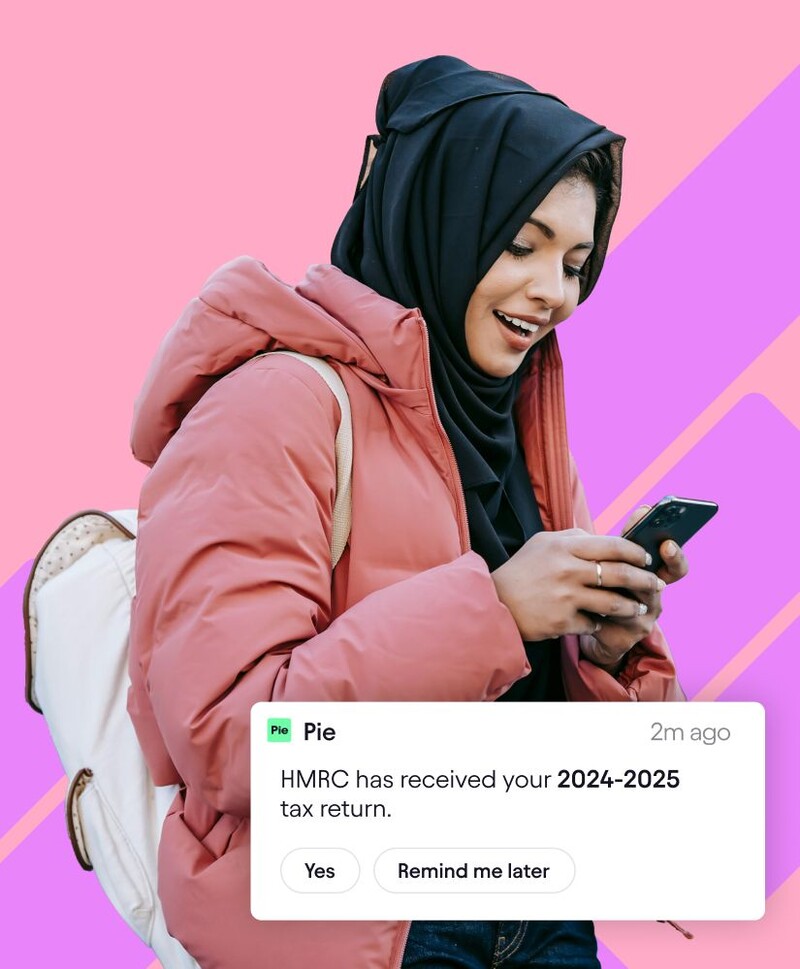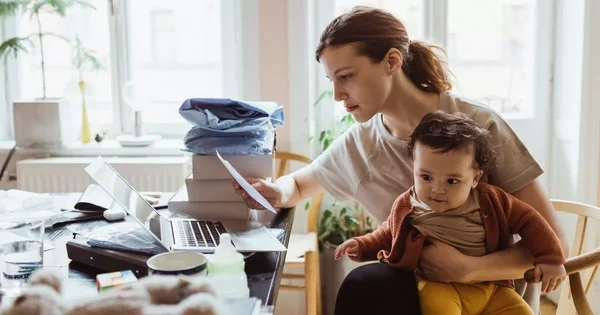What you need to know
Digital tax filing is about to shake things up for UK self-employed workers and landlords. Those days of cramming receipts into old coffee jars are finally coming to an end.
Let's be honest - new rules mean you'll need to go digital sooner than you'd probably like. Making Tax Digital for Income Tax launches in April 2026, and it's going to affect millions of us.
Don't worry though - we'll walk you through everything you need to know about getting ready. From choosing the right software to staying on top of deadlines, we've got your back.
How to Prepare for MTD for Income Tax: What Exactly Is It?
Making Tax Digital for Income Tax is HMRC’s way of dragging tax admin into the digital age. It’s basically swapping your paper filing system for something that actually works in 2026. MTD for Income Tax will replace the existing self assessment system for those above the income threshold, and the assessment tax return will be submitted digitally.
Instead of that once-a-year scramble to find receipts, you’ll send quarterly submissions through approved software for each trade or property business. Whether you are a self-employed person (including a sole trader business) or a landlord (including a property business), your gross income from all qualifying income sources such as self-employment and property business determines if you must comply with MTD requirements.

Who Actually Needs to Join This Digital System?
Self employed businesses, including sole traders running their own business, must comply with Making Tax Digital (MTD) for Income Tax if their qualifying income such as business income, property income, and rental income from rental property or rental properties exceeds the relevant threshold. Self-employed individuals and landlords with business or property income over £50,000 must register from April 2026. The income tax threshold drops to £30,000 from April 2027, then £20,000 from April 2028.
Eligible businesses are those with gross income above the income tax threshold, and the income tax start date for MTD depends on your income level.
You can volunteer to join even if you earn less than the current threshold. However, different rules apply to limited companies and other business structures.
Individuals without a national insurance number may qualify for specific exemptions from MTD requirements.
What Are the Real Benefits of Going Digital with MTD?
Switching to Making Tax Digital for Income Tax isn’t just about ticking a box for HMRC it’s about making your life easier. For sole traders and landlords, using MTD-compatible software means you can finally ditch the shoebox of receipts and endless spreadsheets. Digital record keeping cuts down on human error, so your income tax position is always up to date and accurate.
With everything stored securely online, you don’t have to worry about lost paperwork or faded receipts. Compatible software keeps your records organized and makes it simple to track income and expenses as you go. This means you’ll always have a clear picture of your tax liability, helping you plan ahead and avoid nasty surprises.

How Do You Choose Software That Actually Makes Life Easier?
You need HMRC-recognised software, but that doesn’t mean settling for something that makes your life harder. It’s important to choose a software provider that ensures your submissions are MTD compliant and supports all aspects of MTD compliance for income tax. Pie combines everything you need in one place - bookkeeping, real-time tax calculations, and direct HMRC submissions.
Think about whether you want separate tools for different jobs or one app that handles everything. With Pie, you can snap photos of receipts on your phone, see your tax liability update instantly, and get expert advice when you’re stuck.
Most software charges monthly fees and limits how much you can do. Pie’s different - it’s designed specifically for people like you who want their taxes sorted without the headache.
Many freelancers we know wish they’d chosen software that actually talks to them in plain English. There’s nothing worse than being stuck with a system that feels like it was designed by accountants, for accountants.
How to Prepare for MTD for Self Assessment
With Making Tax Digital (MTD) for Self Assessment starting in April 2026, self-employed workers and landlords should begin moving to digital record keeping now.
Preparing early means you’ll have time to test your setup and avoid last-minute pressure
Using Pie, an HMRC-recognised MTD-compatible app, you can track income and expenses in real time, capture receipts instantly, and submit quarterly updates directly to HMRC. Pie’s built-in tax calculator and smart reminders keep you organised and compliant all year round.


What Records Must You Keep in Digital Format?
All your business records, including sales, fees, rental payments, and other income, must be kept digitally for tax purposes. Every business expense needs a digital receipt, which is where Pie’s mobile camera feature becomes your best friend.
Allowable expenses must be accurately recorded and categorized to ensure correct tax calculations and compliance with HMRC regulations.
If you’re VAT registered too, those records stay digital across both schemes. Asset purchases for capital allowances also need proper digital tracking throughout the year.
When keeping your records, remember to track and report capital gains as part of your digital records for tax purposes.
Mileage tracking works brilliantly with GPS apps that do the heavy lifting for you. Your bank feeds should connect directly to your tax software so transactions flow automatically.

How Do Quarterly Updates Work Under MTD?
Quarterly updates are at the heart of MTD for Income Tax. Instead of waiting until the end of the year, sole traders and landlords now send HMRC a quick digital summary of their business income and expenses every three months. These updates are submitted using MTD-compatible accounting software, making the process fast and straightforward.
The deadlines for these quarterly updates fall on 5 August, 5 November, 5 February, and 5 May. Each update gives HMRC a snapshot of your income and expenses for that period, helping you keep on top of your tax liability throughout the year. With the right software, you can easily track your figures and submit quarterly updates with just a few clicks—no more last-minute panic.
When Are the Important MTD Deadlines?
You’ll submit End of Period Statements (EOPS) through quarterly reporting these are due one month after each period ends. You can choose to align your accounting period with calendar quarters for these submissions, making it easier to match your business cycle. Your Final Declaration, or tax returns, must be submitted to HM Revenue & Customs (HMRC) by 31st January, just like your current Self Assessment.
Registration needs to happen before your first submission period kicks off. Give yourself at least two months to get your software set up and running smoothly.
The good news? Pie sends automatic reminders for every deadline, so you’ll never miss a date again. No more frantically checking calendars or setting random phone alarms to remember tax dates.

Final Words
Making the switch to MTD doesn't have to keep you up at night worrying about deadlines. Start small - maybe begin with digital receipts and see how it feels.
The sooner you get going, the smoother April 2026 will be when it arrives. Think of it as getting ahead of the game while everyone else scrambles.
Ready to make MTD work for you rather than against you? Pie handles everything from receipt capture to HMRC submissions, with real-time tax calculations and expert chat support whenever you need it.
Take your first step towards stress-free MTD with Pie.tax today.









